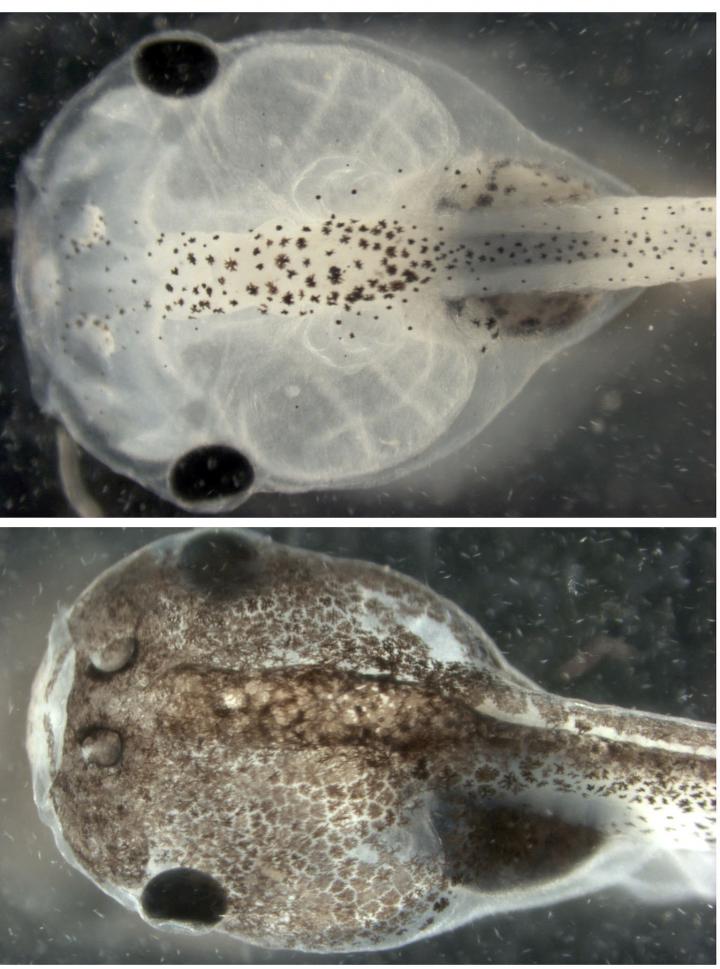X smoked a pack of cigarettes a day, used alcohol like a fish uses water, and lived to a ripe old age. His brother Y did the same thing and succumbed to cancer at age 55. Why do some individuals develop certain diseases or disorders while others do not?
A new approach uses artificial intelligence to illuminate cellular processes and suggest possible targets to correct aberrations. What is interesting is they used artificial intelligence to do it.
The findings are believed to mark the first time artificial intelligence has been used to discover a molecular model that explains why some groups of cells deviate from normal development during embryogenesis, said senior author Michael Levin, Ph.D., the Vannevar Bush Professor of Biology at Tufts and director of the Tufts Center for Regenerative and Developmental Biology.
The paper builds on the center's earlier studies to understand development and metastasis of melanoma-like cells in tadpoles as well as work applying artificial intelligence to help explain planarian regeneration. The new findings, Levin said, indicate that "our methodology can be taken well beyond simple organisms and applied to the physiology of cell behavior in vertebrates."

The top image shows a normal tadpole. The bottom images shows a tadpole in which the pigment cells' normal bioelectrical signaling was interrupted, causing the cells to develop melanoma-like characteristics. Credit: Courtesy of the Levin Lab/Tufts University
Depending on which protein in the bioelectric pathway was tweaked, only a certain percentage of the frogs developed melanoma, while the rest remained healthy. "There's randomness to this process. It doesn't have the same result in all animals exposed to precisely the same agent, which may mimic the variability in human responses to cancer-inducing stimuli," said Levin.
Furthermore, the tadpoles that did develop melanoma developed it in every pigment cell--each frog was either 100 percent metastatic or completely normal. Essentially, said Levin, all pigment cells in a tadpole are part of a single coin, which either flips heads (normal) or tails (cancerous). "Metastasis appears to be a group dynamic rather than a single-cell decision," he said.
The recent research applied evolutionary computation to understand this complex cell behavior.
Maria Lobikin, Ph.D., recent doctoral graduate from the Levin laboratory and first author on the Science Signaling paper, first identified the building blocks - receptors, hormones and other signaling proteins - of the serotonergic signaling pathway that regulated the melanoma-like cells' behavior. Then, the team applied artificial intelligence which mimicked evolution to generate a chemical signaling network in a "virtual embryo" that exhibited the same behavior that the researchers observed in their experiments with real tadpoles.
Like biological evolution, evolutionary computation does not randomly or exhaustively test each possibility, but instead uses incremental improvement and selection to rapidly converge on a solution. "The artificial intelligence system evolved a pathway that correctly explains all the existing and very puzzling data. Best of all, it also made correct predictions on data it had never seen," Levin said.






Comments